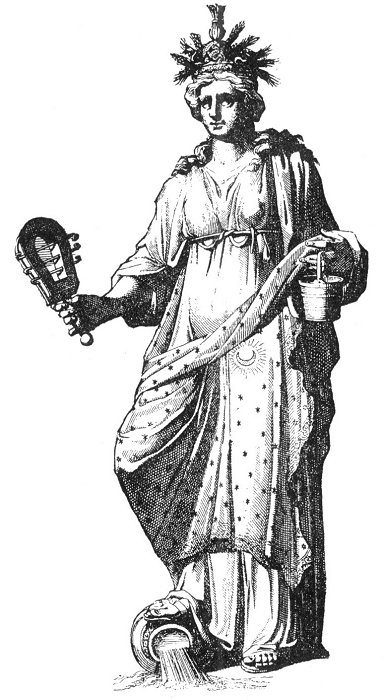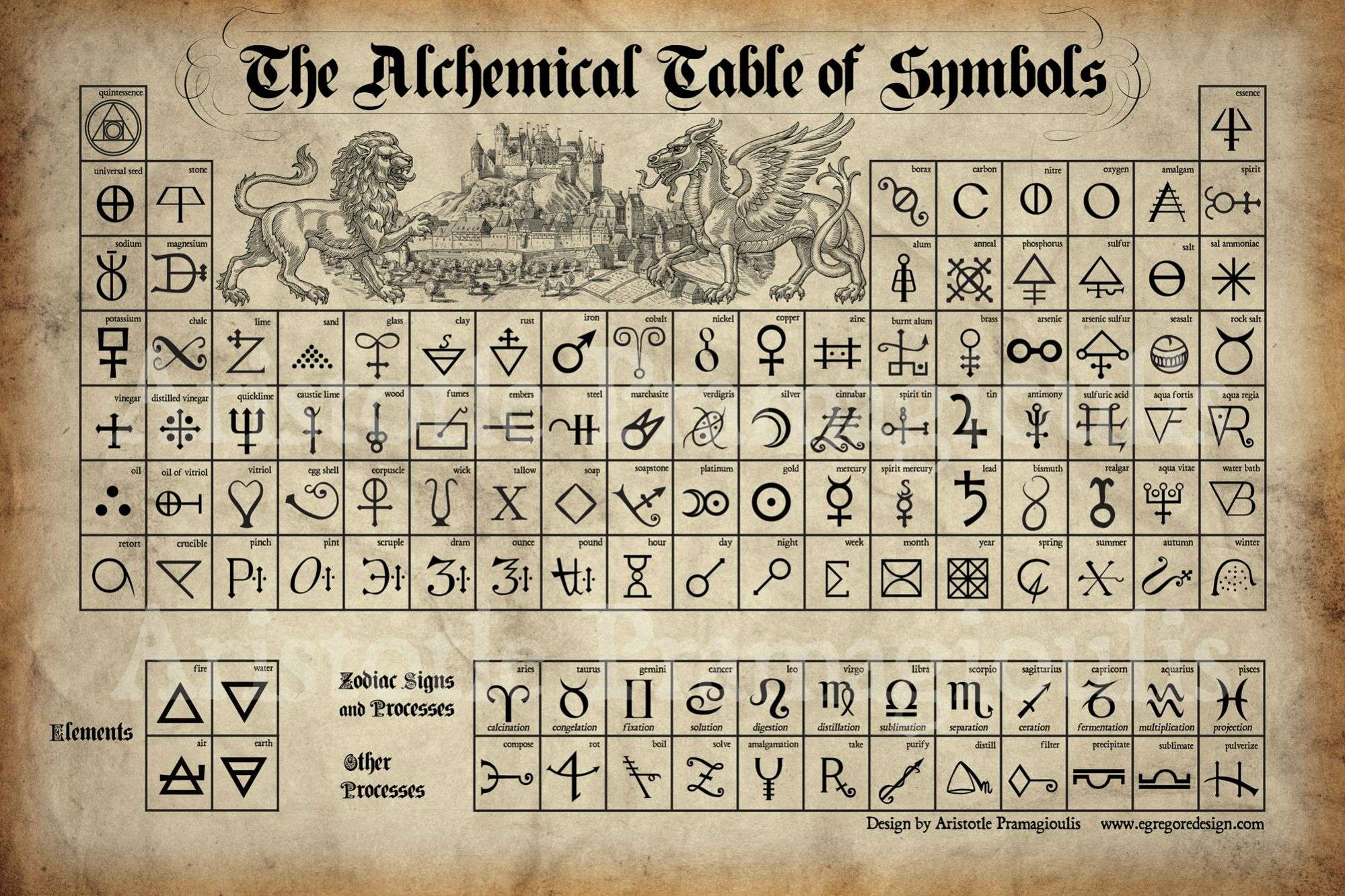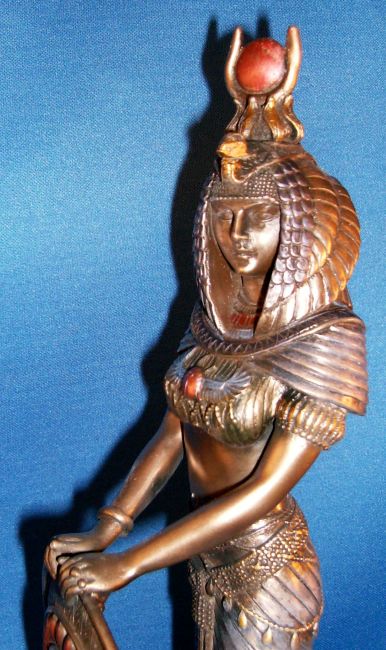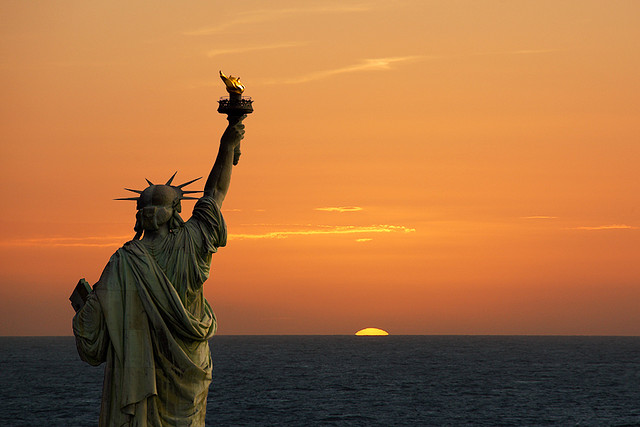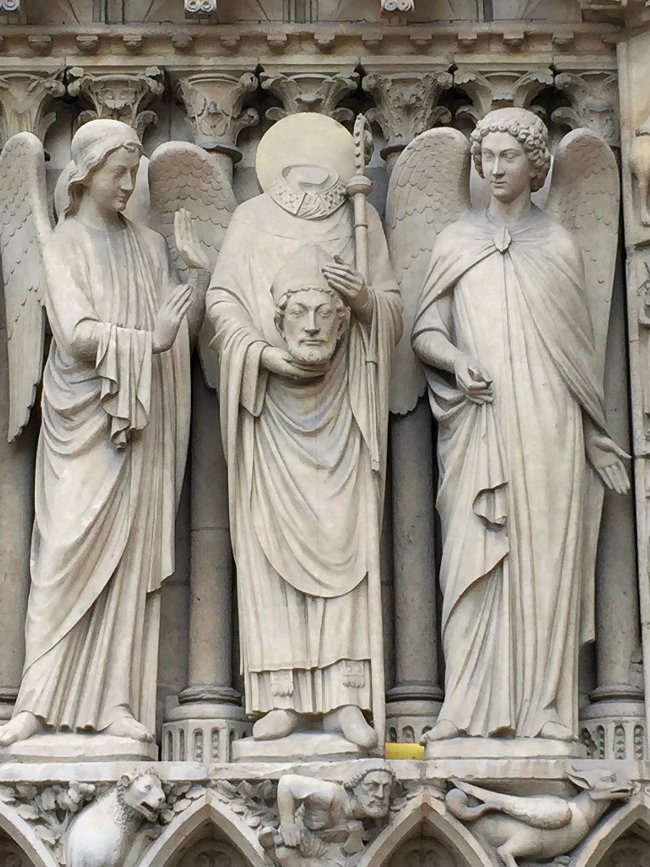Kircher writes: “The throne denotes the diffusion of the triform Supreme Mind along the universal paths of the three worlds. Out of these three intangible spheres emerges the sensible universe, which Plutarch calls the ‘House of Horns’ and the Egyptians, the ‘Great Gate of the Gods.’ The top of the throne is in the midst of diffused serpent-shaped flames, indicating that the Supreme Mind is filled with light and life, eternal and incorruptible, removed from all material contact. How the Supreme Mind communicated His fire to all creatures is clearly set forth in the symbolism of the Table. The Divine Fire is communicated c to lower spheres through the universal power of Nature personified by the World Virgin, Isis, here denominated the IYNX, or the polymorphous all-containing Universal Idea.” The word Idea is here used in its Platonic sense. “Plato believed that there are eternal forms of all possible things which exist without matter; and to these eternal and immaterial forms he gave the name of ideas. In the Platonic sense, ideas were the patterns according to which the Deity fashioned the phenomenal or ectypal world.” (Sir W. Hamilton.)
Kircher describes the 21 figures in the central panel thus: “Seven principal triads, corresponding to seven superior worlds, are shown in the central section of the Table. They all originate from the fiery, invisible archetype [the triple crown of the throne]. The first, the Ophionic or IYNX Triad, V S W, corresponds to the vital and fiery world and is the first intellectual world, called by the ancients the Aetherium. Zoroaster says of it: ‘Oh, what rigorous rulers this world has!’ The second, or Ibimorphous Triad, O Q R, corresponds to the second intellectual, or ethereal, world, and is concerned with the principle of humidity. The third, or Nephtæan Triad, X Y Z, corresponds to the third intellectual and ethereal [world] and is concerned with fecundity. These are the three triads of the ethereal worlds, which correspond to the Father Foundation. Then follow the four triads of the sensible, or material, worlds, of which the first two correspond to the sidereal worlds, G I K and γ δ ε, namely, Osiris and Isis, Sun and Moon, indicated by two bulls. They are followed by two triads–the Hecatine, LM N, and the Serapæan, ζ η θ, corresponding to the sublunary and subterranean worlds. These complete the seven worlds of primary Genii ruling the natural universe. Psellus quotes Zoroaster: ‘The Egyptians and the Chaldeans, taught that there were seven corporeal worlds (i. e., worlds ruled by the intellectual powers);the first is of pure fire; the second, third, and fourth, ethereal; the fifth, sixth, and seventh, material; the seventh being the one called terrestrial and hater of light, and is located under the Moon, comprising
WESTCOTT’S KEY TO THE BEMBINE TABLE.
From Westcott’s The Isiac Tablet. Zoroaster declared that the number three shines throughout the world. This is revealed in the Bembine, Table by a series of triads representing the creative impulses. Of the Isiac Table Alexandre Lenoir writes: “The Isiac Table, as a work of art, is not of great interest. it is but a composition, rather cold and insignificant, whose figures, summarily sketched and methodically placed near each other, give but little impression of life. But, if on the contrary after examining it, we understand the purpose of the author, we become soon convinced that the Isiac Table is an image of the heavenly sphere divided in small parts to be used very like, for general teaching. According to that idea, we can conclude that the Isiac Table was originally the introduction to a collection followed by the Mysteries of Isis. It was engraved on copper in order to be used in the ceremonial of initiation.” (See New Essay on the Isiac Table.)
p. 60
within itself the matter called fundus, or foundation. ‘These seven, plus the one invisible crown, constitute the eight worlds. * * *
“Plato writes that it is needful for the philosopher to know how the seven circles beneath the first one are arranged according to the Egyptians. The first triad of fire denotes life; the second, water, over which rule the Ibimorphous divinities; and the third, air, ruled by Nephta. From the fire the heavens were created, from the water the earth, and air was the mediator between them. In the Sephira Yetzirah it is said that from the three originate the seven, i. e., the height, the depth, the East, the West, the North, and the South, and the Holy Temple in the center sustaining them all. Is not the Holy Temple in the center the great throne of the many-formed Spirit of Nature which is shown in the middle of the Tablet? What are the seven triads but the seven Powers that rule over the world? Psellus writes: ‘The Egyptians worshipped the triad of faith, truth, and love; and the seven fountains: the Sun as ruler–the fountain of matter; then the fountain of the archangels; the fountain of the senses; of judgment; of lightning; of reflections; and of characters of unknown composition. They say that the highest material fountains are those of Apollo, Osiris, and Mercury–the fountains of the centers of the elements. ‘Thus, they understood by the Sun as ruler the solar world; by the material archangelic, the lunar world; by the fountain of the senses, the world of Saturn; by judgment, Jupiter; by lightning, Mars; by that of the reflections, or mirrors, the world of Venus; by the fountain of characters, the world of Mercury. All these are shown by the figures in the center pane of the Tablet.”

Moe is the founder of GnosticWarrior.com. He is a father, husband, author, martial arts black belt, and an expert in Gnosticism, the occult, and esotericism.


